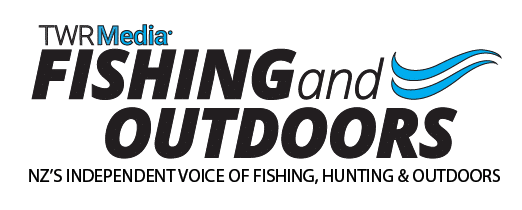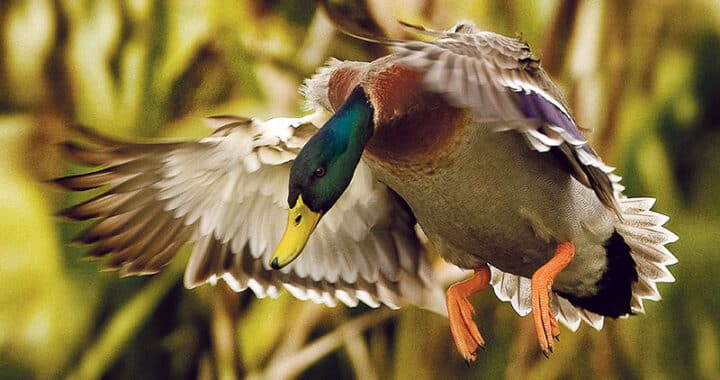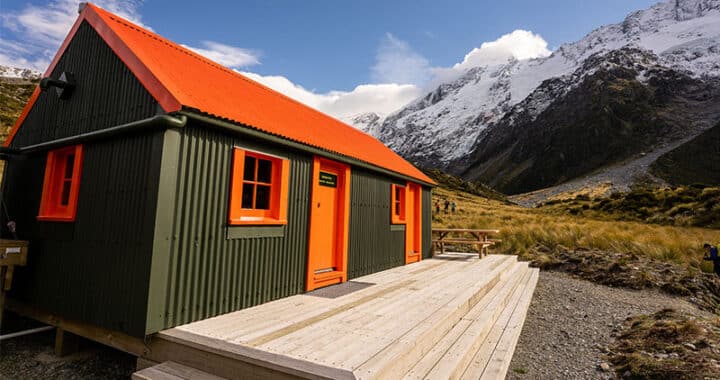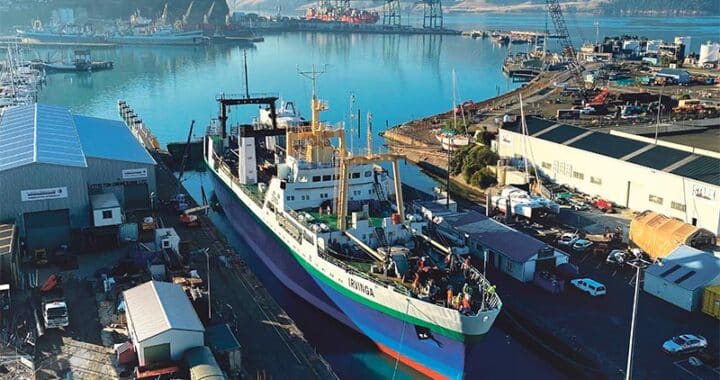Ghost fishing gear entangling Gulf of Carpentaria
2 min read
World Animal Protection, James Cook University, and CSIRO have joined forces to document the current amount of ghost fishing gear in the Gulf of Carpentaria. Photo: World Animal Protection | Dean Sewell
World Animal Protection, James Cook University, and CSIRO have joined forces to document the current amount of ghost fishing gear in the Gulf of Carpentaria.
The data collected will be analysed to produce a report that will provide an up-to-date picture of the volume of ghost nets in the area.
The region is a hot spot for both ghost fishing nets and marine turtles, including Olive Ridley, Hawksbill, Green, and Flatback turtles. Most of the nets are likely to have travelled on currents from countries to the north.
These plastic nets become trapped in the Gulf and continue to fish, injuring, entangling, and killing hundreds to thousands of marine animals.
“Fishing gear is designed to catch and kill, and when it is lost or abandoned in the ocean, it continues to do this, becoming the most harmful form of marine debris for sea animals,” Ben Pearson, head of campaigns Australia for World Animal Protection, said.
He added that the animals caught in these nets can suffer from wounds, suffocate, or starve to death over a number of months.
Dr Norman Duke (MSc, PhD), senior research scientist, James Cook University said it was important to develop “long-term solutions that reduce marine debris to preserve ecosystems and protect endangered species.”
In 2015, World Animal Protection founded the Global Ghost Gear Initiative (GGGI) to combat the global problem of ghost fishing gear.
Since then, more than 90 GGGI participants from the fishing industry, the private sector, academia, governments, intergovernmental and non-governmental organisations have played a critical role to mitigate ghost gear locally, regionally, and globally.



